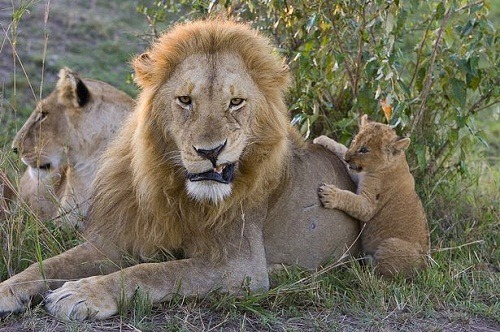
Animal infanticide is defined as the killing of young offspring, by a mature animal of its own species. Infanticide in the wild is well documented and is studied in zoology.
According to Doug Mock, a professor of biology at the University of Oklahoma, animal parents have limited resources to dedicate to their offspring, and if the baby is sick or weak, carnivores have been known to consume babies or abandon them.
Infanticide can be accidental, too, said Susan Margulis, associate professor of biology at Canisius College.
“The thing that people don’t realize is that most young animals die. Most die when they’re in infancy. Animals mostly raise two babies to adulthood” she said.
When animal mothers neglect or try to kill their own young in captivity, hand-rearing is one option, Margulis said
Infanticide is often perpetrated by adult males, however female animals are also known to kill or injure their young.
According to a BBC Nature News article, Baby animals are often protected by their fathers, with male protection playing an important role in infant survival. But when new males arrive on the scene, everything can change.
Male interlopers attempt to overthrow these fathers. If they succeed, by hurting, chasing off or even killing a previously dominant male, and taking over the leadership of their group, then infants are suddenly placed at great risk.
Males who take over a lion pride often only want one thing – to have their own children with the mother. Males who have arrived on the scene often only want one thing - to have their own children with the mother.
In lion society, for example, killing infant’s result in their mothers becoming quickly fertile again, increasing the chance of the new males having offspring.
(Sources: BBC Nature News, PBS.org)

No comments:
Post a Comment